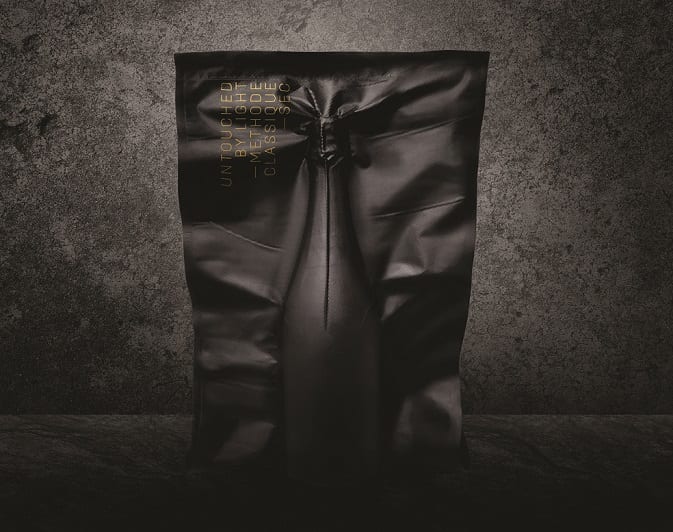Can Light Really Effect Your Wine?
19th November 2021

One of the most important parts of enjoying wine, especially fine wines, is how they are stored and served. Once the winemaker has completed their job and your independent importer has bought in and placed your favourite bottle on the shelf directly in your eye line, then the wine is in your hands… What you do with it from then on can determine how much you will enjoy it when it is opened.
When we see those old traditional wine cellars they will almost certainly be deep underground, damp, cool and also very dark. During the production process when wines are stored to age, they are usually kept at consistent temperatures, undisturbed from movement (this includes the likes of heavy sound waves) and also in complete darkness where the likes of flashlights on cameras, sunlight, UV rays, any high-intensity, incandescent, halogen lights and more are all avoided – This is known within the industry as Light Exposure. Yes, in some cellars you will only be allowed to look at the wines (especially very old vintages) with candlelight!
So Light Exposure (also known as Light Strike) and the protection of wines against harmful light, is seen as an important topic so what effect can it have if not adhered to and respected? The easiest way to explain the effect is that light causes a chemical rearrangement and changes in the bottle mostly by creating sulphurous compounds at a faster rate – This is simply put as speeding up the ageing of the wine where it is left with ruined aromas and flavours to resemble the likes of damp cardboard, rotten / cooked vegetables (cooked cabbage mostly), egg and even wet fur / wool.
We must also remember that light can also bring with it heat (especially sunlight) which also has an adverse effect on the wine.
“Many wines, especially red and sparkling wines, will be produced in darker glass bottles being mostly green or brown. The reasoning is mostly that this helps to protect the wine inside the bottle from light – Some wines do come in clear glass bottles so to show off the colours, usually more expensive examples will be sold with wrapping / cellophane / cardboard or wooden boxes.”
Ways to combat Light Exposure:
- Correct storage – This may seem obvious, but if storing wines at home think about placing them in places such as under the stairs, in the cellar, alongside an external facing wall at home instead of just the kitchen counter or on show in the front room wine rack. Keep away from sunlight and radiators. For long term storage more suitable solutions can be wine fridges / Wine rooms / Spiral Cellar.
- Packaging – Think about keeping the wines in light proof boxes or at least some kind of wrapper / cellophane that can deflect away 98% of harmful and unwanted light rays.
- Drink sooner rather than later – If you are purchasing to drink then you should not be in any kind of problem – Simply put the wine in the fridge or home wine rack for a few days – This will not affect the quality you will enjoy.
Many wineries include picking their grapes at night during harvest time as a way to protect the wine (grape juice) from daylight exposure. This gives the resulting wine the best opportunity to stay pure before consumption. Other wineries, Radgonske Gorice of Slovenia included, take things further with protection during most / each and every process of the wine making procedure.

Untouched by Light – Packaging
One such wine that is said to be totally free from light exposure is the now famous ‘Untouched By Light‘ label which is not only harvested at night time (not even under the light rays of the moon) and continues this philosophy in the production house where the winemaking team wear night vision goggles and work in complete darkness – The bottles produced are distributed in black bottles (99.8% black glass) and package in sealed back foil bags.
“It was proven that a wine’s exposure to light, even for a relatively short period of time, decreases the intensity of citrus aromas and increases the development of its off-flavour, called the light-struck aroma. The perfected sparkling wine production method we devised is directly inspired by these scientific conclusions.” Untouched By Light
![]()
Christopher Walkey
Co-founder of Glass of Bubbly. Journalist and author focused on Champagne & Sparkling Wines and pairing them with foods.
